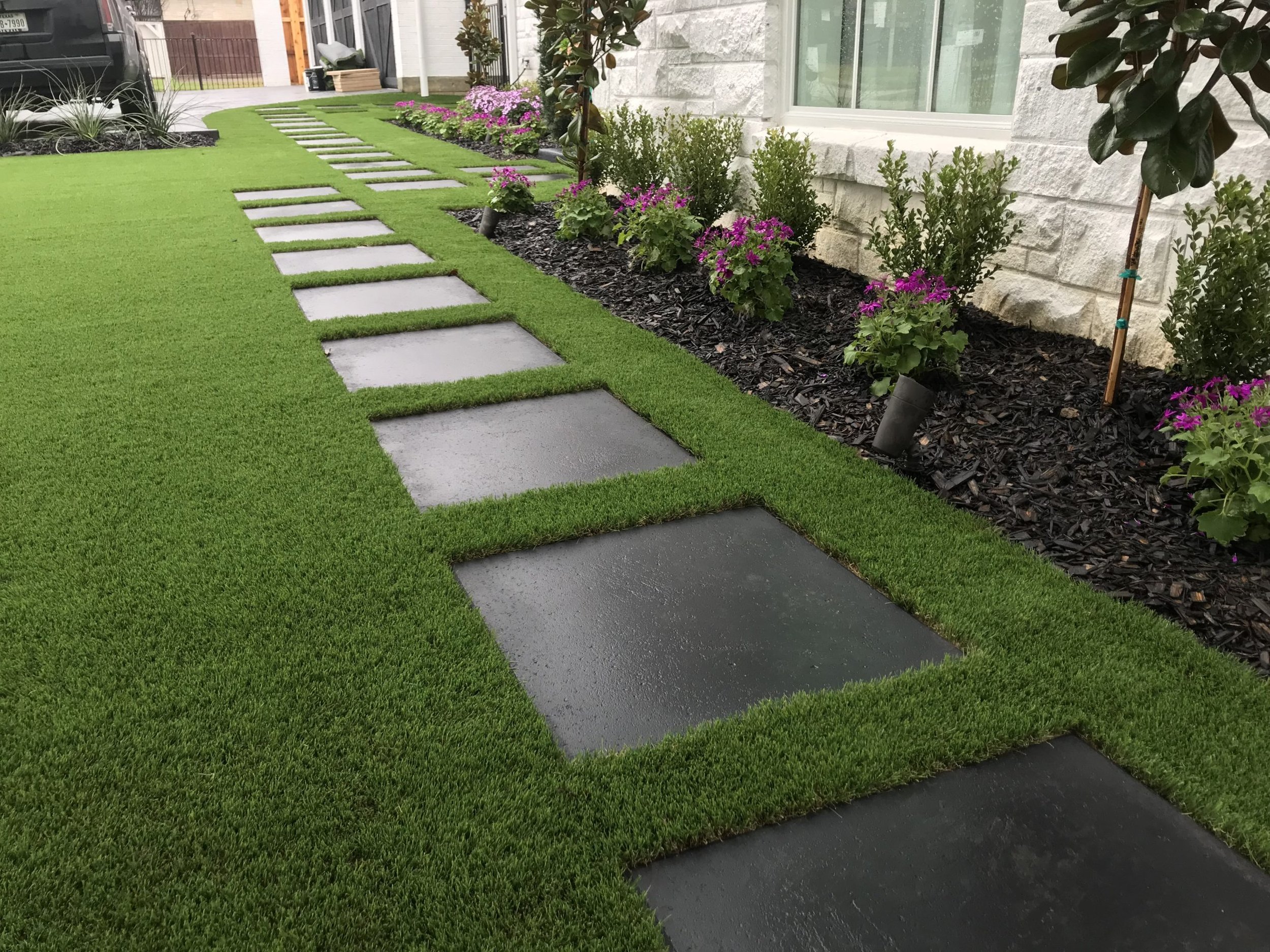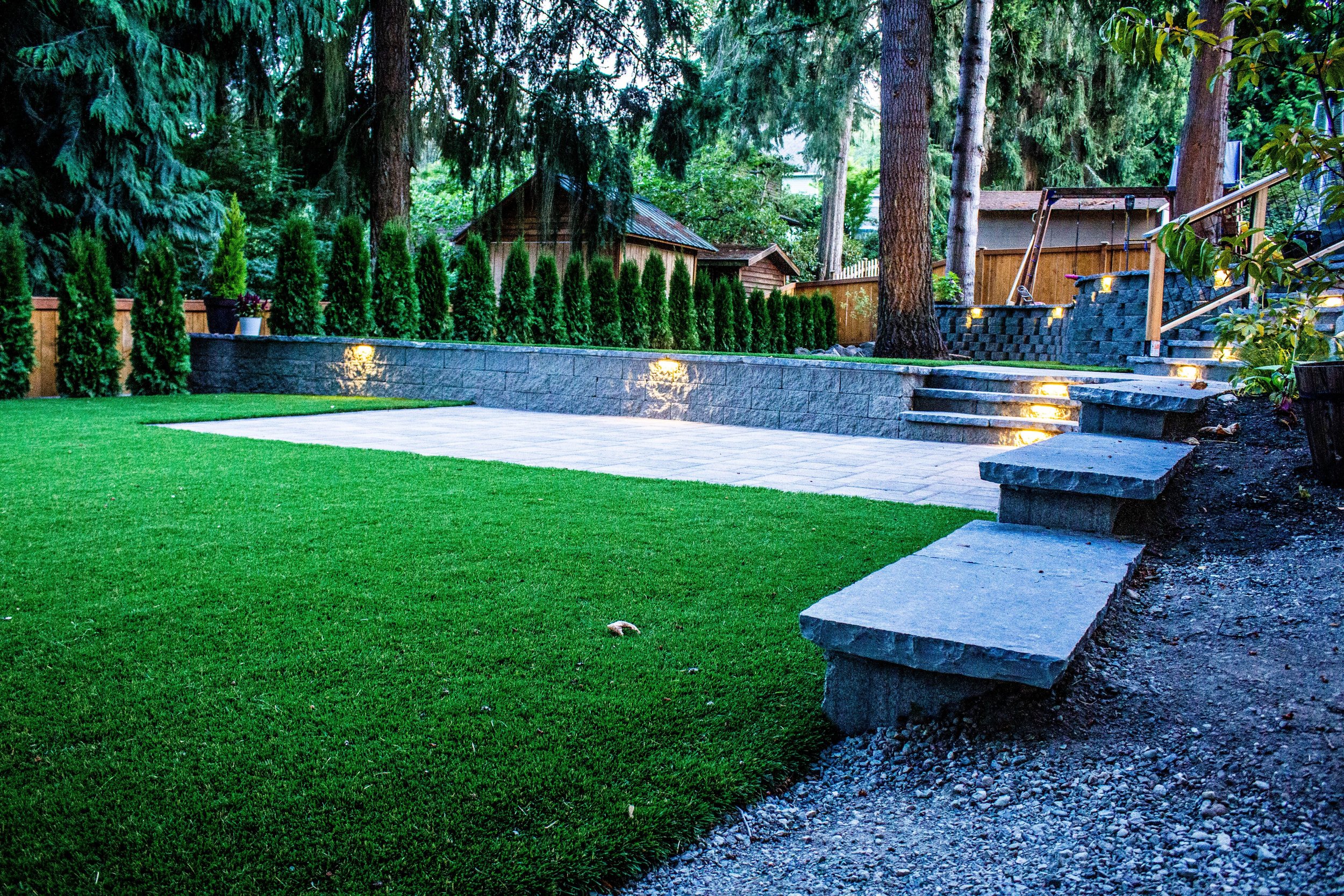Explore the Environmental Benefits of Opting for Synthetic Grass Solutions
The adoption of synthetic turf remedies offers a compelling chance to attend to pushing ecological obstacles. By significantly decreasing water use and minimizing the application of harmful chemicals, these choices not just advertise sustainable landscape design yet additionally shield neighborhood communities. Furthermore, the reduced carbon impact connected with decreased upkeep tasks adds to an extra lasting approach to land management. However, the effects of these benefits expand beyond mere preservation efforts, questioning regarding their long-term effect on habitat conservation and overall environmental balance. Exploring these measurements discloses a complicated interaction worth taking into consideration.
Water Preservation Advantages
One of one of the most significant benefits of synthetic lawn is its capability to preserve water. Conventional yard lawns call for substantial watering, specifically in areas prone to dry spell or water restrictions. On the other hand, man-made lawn does not require watering, substantially decreasing the overall demand for water resources. This feature is specifically advantageous in deserts where water scarcity is a pushing concern.
By getting rid of the need for routine watering, artificial grass adds to sustainable landscape methods and aids reduce the ecological impact of extreme water intake. Additionally, the conservation of water includes the decrease of runoff, which can bring about soil disintegration and river air pollution.
In addition, the installment of artificial lawn enables property owners and communities to allot water sources more successfully, focusing on important uses such as drinking water and agriculture. The shift towards synthetic grass not just advertises accountable water use yet also aligns with wider environmental objectives intended at maintaining all-natural sources.
As communities progressively focus on sustainability, the water preservation advantages of synthetic grass present an engaging situation for its adoption in property and business landscape design jobs.
Lowered Chemical Use
The transition to synthetic turf substantially lowers the dependence on chemical therapies typically utilized in natural grass upkeep. Typical lawn administration generally involves the application of chemicals, herbicides, and fertilizers to promote growth and control pests. These chemicals can pose dangers to human health and wellness, neighborhood wildlife, and the environment, adding to soil and water contamination.
In contrast, man-made lawn eliminates the requirement for these dangerous materials. By decreasing the release of artificial compounds into the environment, fabricated turf promotes healthier soil and water systems.
Additionally, the lack of chemical drainage linked with fabricated lawn installations helps protect local waterways from contamination, supporting water life and preserving biodiversity. Arizona artificial turf. As areas progressively focus on sustainable techniques, selecting synthetic grass offers a feasible solution that straightens with ecological conservation goals. With this change, homeowner can delight in lavish environment-friendly rooms without endangering eco-friendly wellness, leading the way for a more lasting future
Reduced Carbon Footprint

Additionally, the setup of artificial grass can lead to substantial water conservation. Natural lawns require substantial amounts of water for watering, which not just contributes to the carbon impact related to water extraction and therapy however also pressures local water sources. In comparison, fabricated turf requires very little maintenance, calling for no watering, thereby significantly lowering water use and its connected energy expenses.
Furthermore, the long life of fabricated lawn adds to its decreased carbon impact. With a life-span of approximately 15 years or even more, the need for constant replacements is diminished, causing much less waste and lower energy intake in production and dealing with typical yard options. In general, synthetic turf offers a sustainable alternative for ecologically conscious landscaping.
Environment Preservation
Habitat preservation is a critical consideration in the argument over landscaping choices, especially when contrasting synthetic grass to all-natural lawn. All-natural grass try this site lawns commonly need comprehensive upkeep, including making use of herbicides, pesticides, and plant foods, which can adversely affect local communities. These chemicals can seep into the dirt and rivers, damaging native flora and fauna and interrupting neighborhood habitats.
Man-made grass eliminates the requirement for hazardous chemicals, thus protecting neighboring wildlife and maintaining the honesty of bordering communities. The setup of man-made lawn can lead to the conversion of former lawn locations into more biodiverse landscapes, such as pollinator gardens or indigenous plant areas, which can sustain regional wild animals.
Inevitably, the transition to fabricated turf not only saves water and lowers upkeep initiatives yet also fosters a more unified connection between human tasks and the natural environment, advertising habitat preservation at the same time.
Long-Term Sustainability
Long-lasting sustainability is a vital element in examining the benefits of synthetic grass over typical grass lawns. One of the most considerable advantages of synthetic grass is its durability; it can last approximately 15-20 years with minimal upkeep, whereas natural yard needs constant reseeding and substitute. This longevity lowers the demand for continuous resources, such as water, fertilizers, and pesticides, which are crucial for keeping a healthy and balanced yard lawn.
In addition, synthetic grass adds to a decrease in carbon exhausts linked with grass care equipment. Conventional grass usually call for gas-powered lawn mowers, trimmers, and blowers, every one of which add to air pollution. Arizona turf. In comparison, synthetic grass eliminates the requirement for such devices, advertising a cleaner atmosphere
Additionally, the manufacturing of synthetic lawn increasingly makes use of recycled materials, improving its sustainability account. As makers take on environment-friendly practices, the ecological footprint of synthetic grass continues to diminish.

Verdict
The adoption of synthetic grass solutions offers considerable environmental benefits, including substantial water conservation, decreased reliance on damaging chemicals, and a reduced carbon footprint. Moreover, fabricated turf aids in protecting all-natural environments by reducing land disruption and promoting long-lasting sustainability through the use of durable materials. Jointly, these variables underscore the potential of synthetic grass to contribute positively to ecological health and wellness and use a practical option to traditional landscaping practices other in a progressively resource-conscious world.
In comparison, fabricated lawn does not need watering, significantly decreasing the total need for water resources. By decreasing the release of synthetic compounds right into the ecosystem, synthetic turf advertises much healthier dirt and water systems.
Moreover, the installation of synthetic turf can result in significant water preservation. In contrast, man-made turf needs marginal upkeep, needing no watering, thereby considerably lowering water use and its linked energy expenses.
